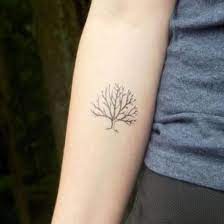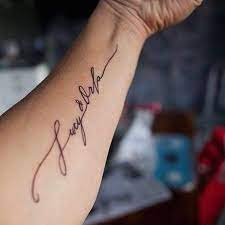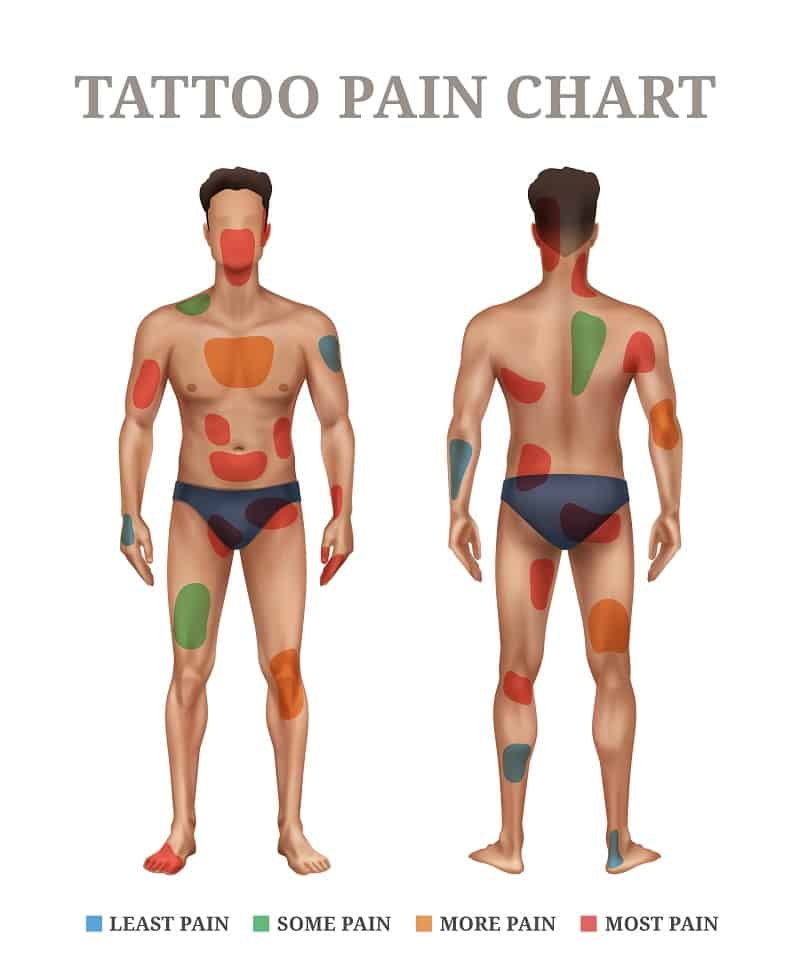
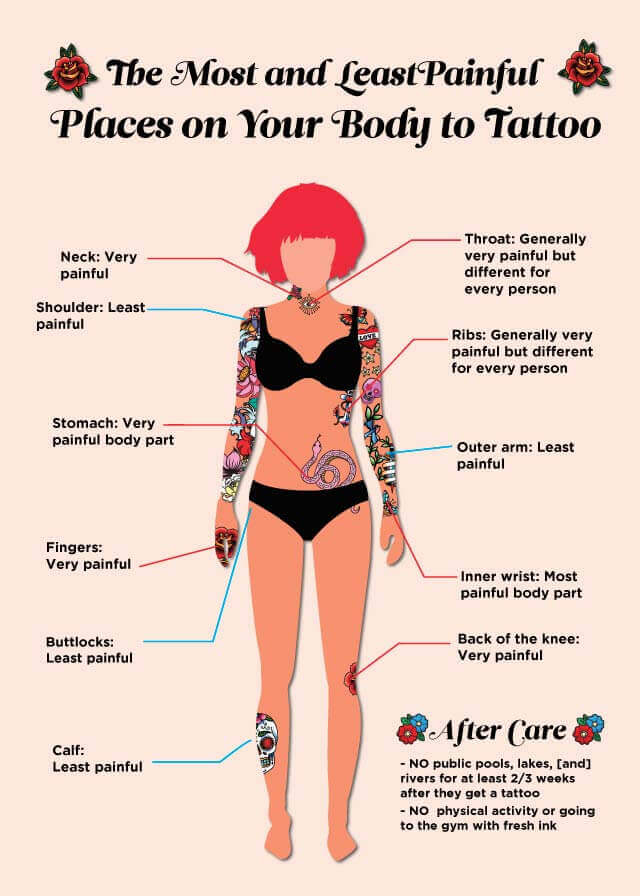
Tattoos are iconic body art pieces, yet getting one may be painful. Many factors may affect its discomfort – from padding availability and skin thickness to pain management techniques used during inking sessions. We have put together this handy guide to help you determine how much discomfort may accompany getting inked.
Armpit and Ribcage
Armpit areas are very delicate, featuring thin skin with dense nerve endings. Tattooing in this region can be extremely painful, ranking nine out of ten on the tattoo pain chart. Tattooing on elbows and kneecaps can also be extremely painful due to their proximity to bones. This may cause severe pain as well as result in bruising. Tattooed neck Tattoos can add an edgy and rebellious look yet can be very painful to get done. Thinner individuals will likely experience more discomfort from this tattoo procedure due to decreased fat and muscle mass padding. Tattoos on stomach areas are more accessible but still rank highly for discomfort levels.
Chest
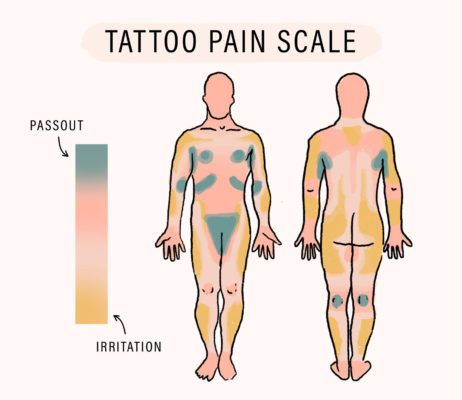
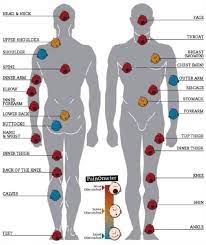
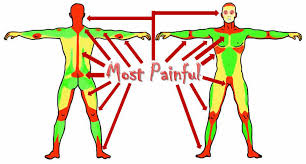
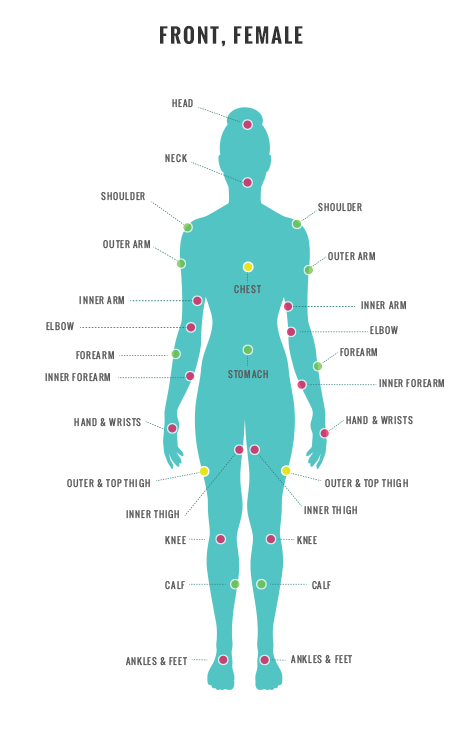
Tattoos on the chest are increasingly becoming popular as meaningful ways of making statements close to our hearts. Unfortunately, chest tattoos may be more painful due to being close to bone structures. Sternum and collarbone areas tend to be particularly delicate due to thin skin and limited padding, while breast areas might not cause as much discomfort due to thicker layers of fat and skin. Use fragrance-free soap when cleaning the tattoo to prevent infection or irritation during healing. Furthermore, wearing loose clothing will allow it to breathe during recovery and help ensure proper healing of your ink.
Back
Tattoos on the back tend not to cause as much discomfort due to thick skin, muscle, and fat cushions that help absorb needle pricks. However, back pieces that include spine or hip bones may cause more pain than usual. Research indicates that biological males and females react differently to pain, with women generally showing lower tolerance than men due to chemical and physical differences within their bodies. Before getting a back tattoo, it’s essential to do your research and select an experienced artist. Communicating openly with them can ensure the process goes as smoothly as possible.
Fingers
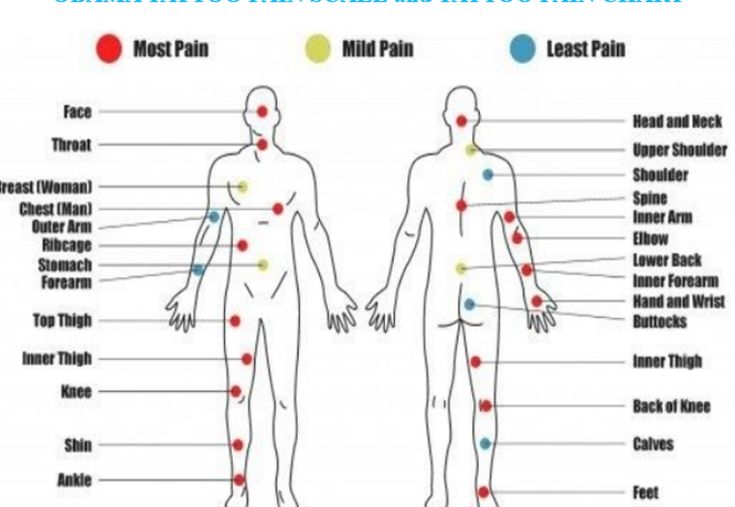
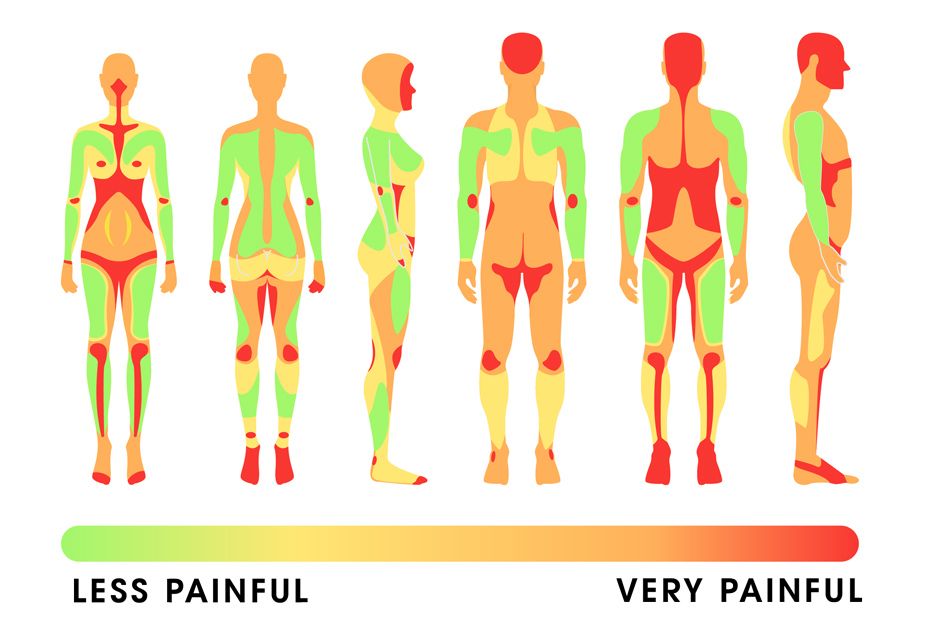
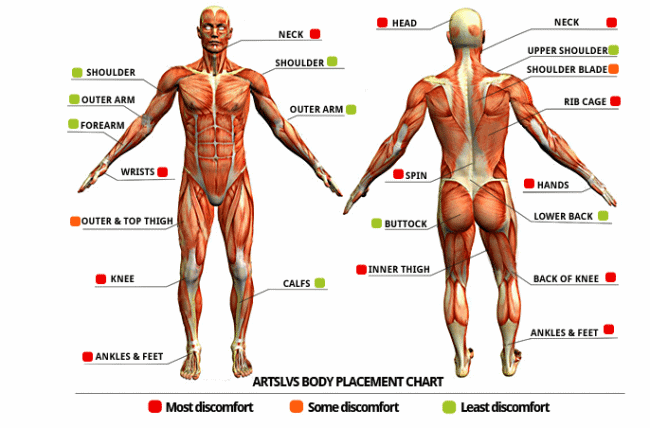
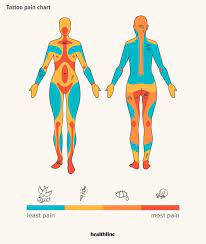
Finger tattoos may be popular but are notoriously painful due to proximity to bone, thin skin, and high concentration of nerve endings. Still, finger Tattoos often symbolize strength and rebellion despite this discomfort. Tattoos not listed on pain charts often have thick skin, significant muscle and fat mass, and few nerve endings. However, individual tolerance may still play a part. Age, gender, and weight can affect how much a tattoo hurts; those with lower pain thresholds tend to experience more significant discomfort, while those with higher tolerance levels often tolerate it less. Furthermore, specific individuals report that shading and outlining cause different levels of pain intensity.
Hands
Hands are popular tattoo locations that look rebellious while also hurt. This is due to their thin skin and lack of fat and muscle, which forces needles closer to bones for tattooing, leading to higher pain levels (usually 8 out of 10). Tattoos on forearms and upper and lower legs generally cause low to moderate pain levels because they are well padded with fat and muscles and have few nerve endings, according to Roman. He suggests getting adequate restful sleep and eating healthy before your appointment to help your body prepare and reduce discomfort during this process.
Ankles and Shins
Tattooing ankles and shins is often tricky due to thin skin, no muscle padding, and proximity to bone. Hence, it is usually classified as high to severe on pain charts. An individual’s pain tolerance varies, as does their sensitivity to various areas outlined on tattoo pain charts. Yet, there are ways to lower tattooing pain, such as selecting less sensitive body areas, employing relaxation techniques, and communicating openly with your artist. Furthermore, being well-rested and eating a nutritious meal beforebefore an appointment may reduce stress hormones that amp up pain signals and make an appointment less discomforting.
